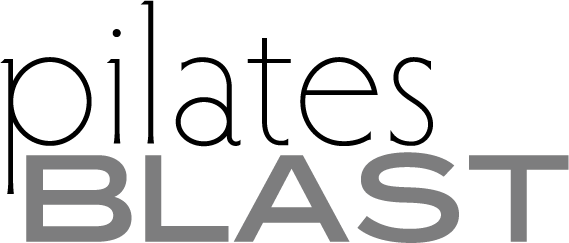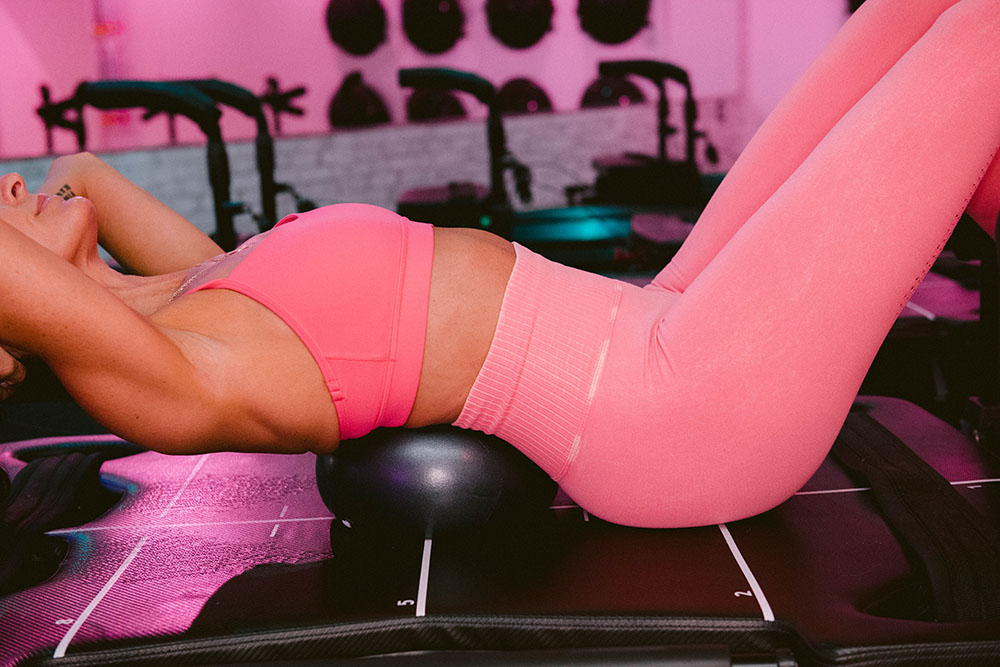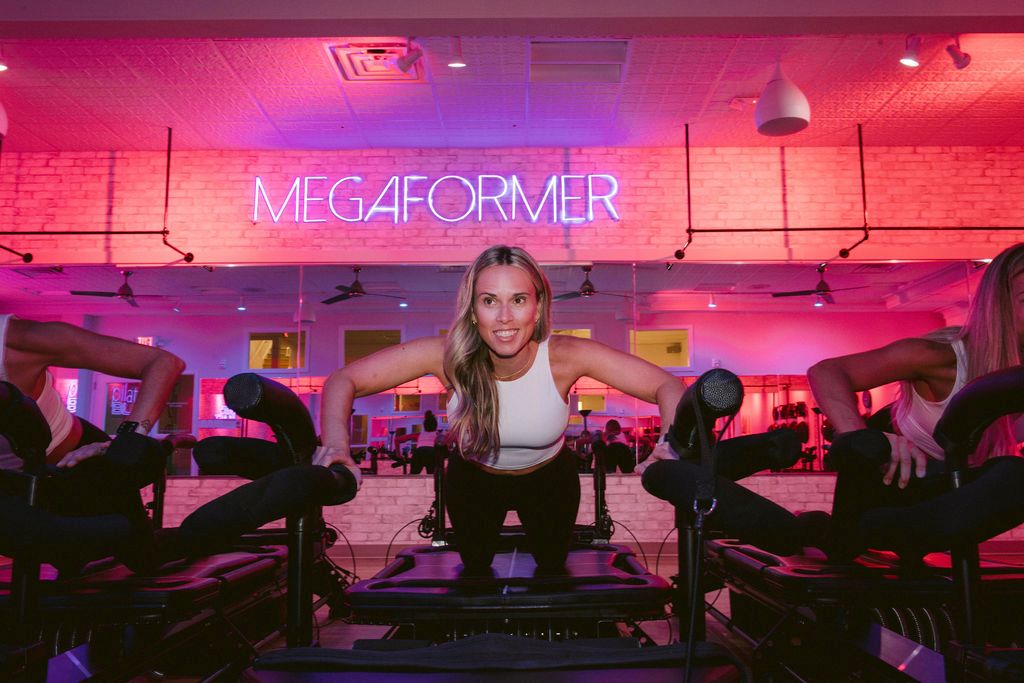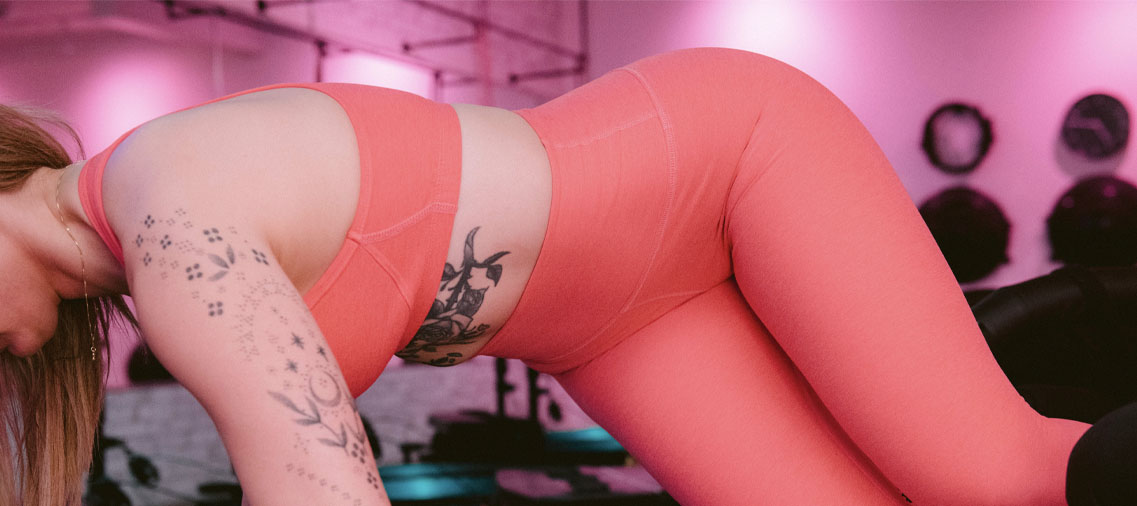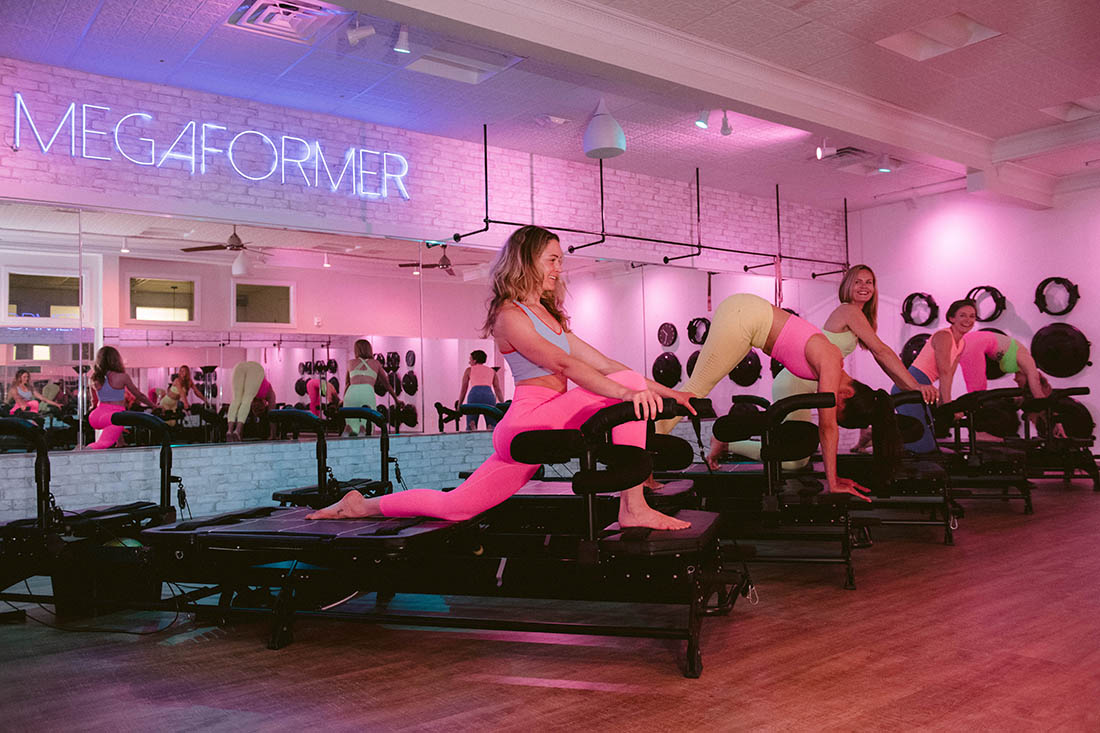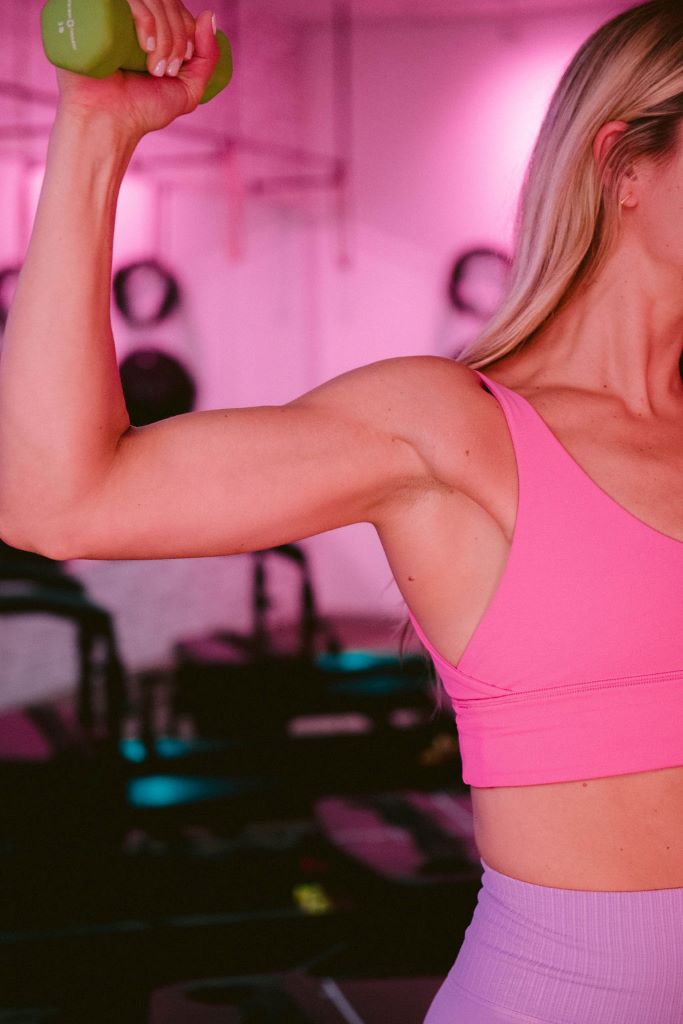The Evolution of Pilates: From a Personal Struggle to a Revolutionary Fitness Method
Joseph Pilates, the visionary behind Pilates, faced significant health challenges as a child, struggling with asthma and rickets. Determined to overcome his frail condition, he embarked on a journey to strengthen his body. His quest for resilience led him to explore a variety of disciplines, including yoga, martial arts, Zen meditation, and the exercises of ancient Greece and Rome.
During World War I, Pilates served as an orderly at a hospital on the Isle of Man. It was here that he began experimenting with therapeutic exercises for patients who were unable to move on their own. Ingeniously, he attached springs to hospital beds to assist with the movement of their limbs. This approach not only facilitated rehabilitation but also seemed to speed up the recovery process. His innovative method of providing early movement support marked a significant shift in rehabilitation practices.
By the end of the war, Pilates had refined his approach and developed a distinctive method of physical and mental conditioning. In 1923, he introduced his system to the United States, where it began to gain recognition. Over the past two decades, Pilates has become increasingly popular for rehabilitation and general fitness. This exercise method combines around 50 simple, repetitive movements that offer versatility: from gentle strength training suitable for rehabilitation to intense workouts that challenge even seasoned athletes.
Pilates exercises aim to enhance muscle strength, endurance, flexibility, posture, and balance. They are designed to be accessible and align well with the health guidelines set by the U.S. Surgeon General and the American College of Sports Medicine.
Central to the Pilates method are the “five essentials”: breathing, cervical alignment, rib and scapular stabilization, pelvic mobility, and engaging the transverse abdominis. Each exercise begins with core stabilization, which involves the abdominal, gluteal, and paraspinal muscles. The movements are controlled and deliberate, emphasizing efficiency and performance quality over maximal effort.
Pilates exercises can be performed on a mat or using specialized equipment known as the Reformer. On the mat, exercises utilize body weight and gravity to challenge core stability. The Reformer features a sliding platform within a box-like frame, with resistance provided by light springs and a simple pulley system. Participants can sit, stand, kneel, or lie on the Reformer, adapting the resistance to their fitness levels.
Both mat-based and Reformer Pilates emphasize the psychological aspects of exercise, such as concentration and mindful breathing. This focus on mental engagement enhances the overall experience, making Pilates not just a workout but a holistic approach to physical and mental well-being.
Whether you’re looking for a rehabilitative exercise or a demanding fitness challenge, Pilates offers a comprehensive method that adapts to your needs, helping you achieve greater strength, flexibility, and balance.
